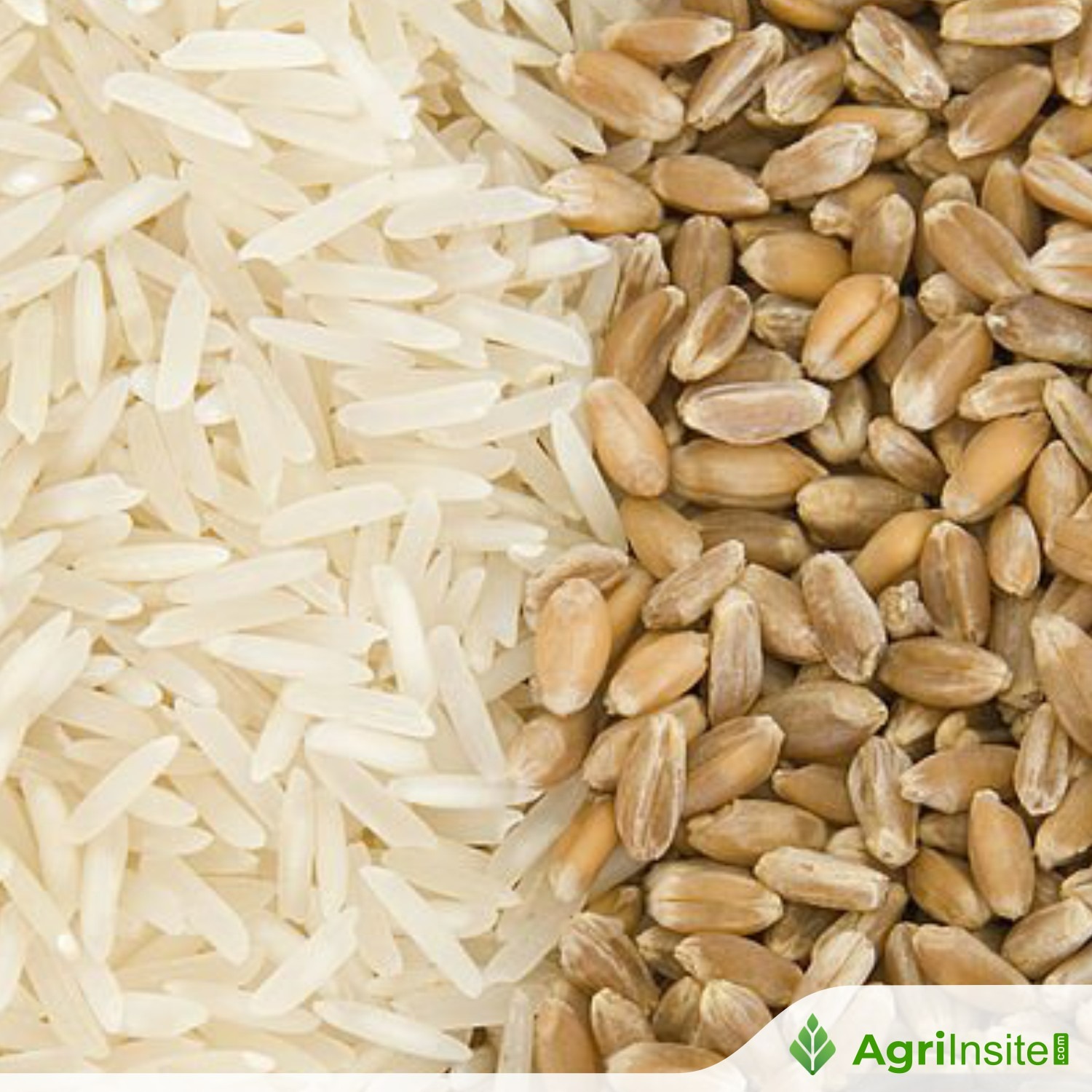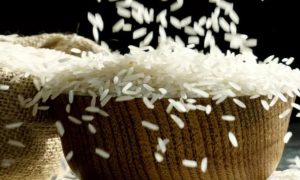Traditional varieties of rice, wheat need support

India’s outdated agricultural policies have prioritized High-Yielding Varieties (HYVs) of wheat and rice since the Green Revolution, which, while increasing food production, have led to environmental degradation through heavy use of groundwater, fertilizers, and pesticides. Moving forward, a shift toward traditional, local varieties of wheat and rice could reduce input needs and better withstand climate variability.
In India, what farmers produce is strongly influenced by government policies. These policies, formulated decades ago, are now outdated. Plus, they have led to environmental degradation. Trying to change these policies is politically risky; in 2021, the Union government was forced by farmer protests to repeal three agricultural laws it had then introduced.
However, it is best to formulate what changes are needed, even if immediate implementation is unlikely. To keep it simple, I discuss only one issue here: Which varieties of wheat and rice should India focus on in the future?
The Green Revolution
In the early years after Independence, India did not produce enough foodgrains to meet its needs. We relied on imported foodgrains, for which we did not pay the full price.
In one of India’s memorable policy changes, which came to be called the Green Revolution, in the 1960s, India started to produce imported High-Yielding Varieties (HYVs) of wheat and rice. The new varieties produced more output than local varieties but also needed more inputs — chemical fertilizers, pesticides, and water — than local varieties.
With the HYVs, India produced enough foodgrains and eventually became a foodgrain exporter.
However, the Green Revolution led to environmental degradation. The government subsidised chemical fertilizers and pesticides to persuade farmers to switch to HYVs. Further, it allowed farmers to use groundwater for free. Some State governments did not charge farmers for electricity used to pump up groundwater.
As a result, farmers had limited incentives to use less inputs. Further, part of the subsidies inevitably went to the industrial firms producing fertilizer and pesticides, though this was not the intent.
It would have been much better to give an output-based subsidy — so many rupees per tonne of output — instead of input subsidies. This system leaves all incentives to reduce costs but gives the needed subsidy. That’s where we should be headed now, with supplementary output insurance schemes, which we already have.
The heavy groundwater use led to falling water tables. This caused environmental problems and raised the cost of future pumping. The heavy use of chemicals led to soil degradation, pesticide residue in water supply, and other types of environmental degradation.
Note that when we export wheat and rice, we are actually exporting our groundwater and good soil quality, which defeats the purpose of exports.
The way forward
India is comfortably placed in foodgrain stocks, with no compelling pressure to increase the growth rate of foodgrain output. This allows us to rethink the kind of wheat and rice we should grow in the future.
Two main factors should drive the analysis: reduction in the environmental impact of producing foodgrains, and resilience in the face of likely climate change.
There is already considerable discussion of various options, such as natural, regenerative, organic, and no-tillage — they focus on how crops are grown. That’s different from which crops are grown. This is consistent with the recent promotion of millets. We need to go beyond millets because Indians will continue to eat rice and wheat.
Advantage local varieties
In our rethinking, we must remember that the HYV varieties pushed out local rice and wheat varieties. They use less fertilizer, pesticides, and water than the HYV varieties, so the HYV subsidies don’t help them much. But, if we shifted to an output-based subsidy that is equal for HYV and local varieties, then the local varieties would probably benefit from these subsidies.
And, this would not hurt the HYV varieties since their subsidies per tonne would be the same as they are now. However, there may be more competition from the local varieties than at present. And, possibly, in response, the HYV producers could try to reduce their costs to meet the competition, which would benefit consumers.
There would be no risk of total output falling significantly because it is likely that most of the output would continue to come from the HYV varieties, which are well-established by now. And, it would diversify the product mix of India’s wheat and rice, while reducing the environmental cost.
Further, it is likely that the traditional varieties will be more resilient to climate change than the HYV varieties. They are more akin to industrial production than conventional agriculture. They need the right amount of each input at a pre-set time. There’s not much flexibility. In contrast, the traditional varieties evolved over time, facing short annual changes in weather, and possibly longer-term changes in the climate.
At present, increasing the role of traditional varieties of wheat and rice is an idea, not a proven strategy. This idea’s theoretical and practical implications need to be assessed carefully. It may be difficult for any government even to test this idea.
So, it may make sense for interested non-profit groups and scientific entities to define and undertake some pilot tests.
To read more about Wheat News continue reading Agriinsite.com
Source Link : Hindu BusinessLine














